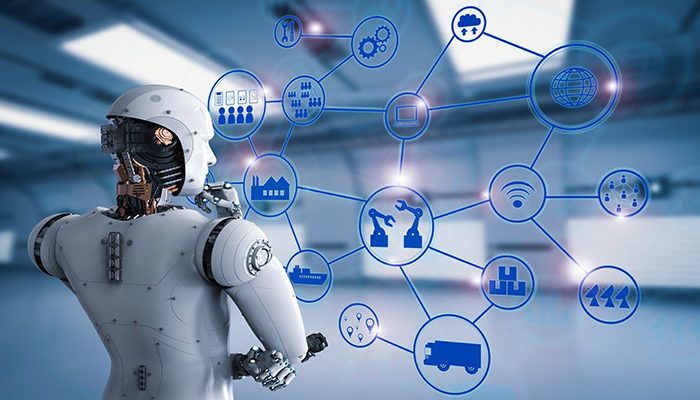Artificial intelligence and machine learning (AI/ML) are now pervasive throughout our consumer and business lives. It’s important to understand, however, that not all AI/ML solutions are “equal.” AI/ML is actually a comprehensive term for solutions that intelligently analyze content, derive appropriate actions, and help organizations streamline and run with maximum efficiency and impact.
With the right tool set, your service desk can deliver service operational excellence, streamline IT and business processes across the organization, and mitigate risks before they happen. Intelligent ticket tracking, routing, and email notifications help teams resolve issues and requests efficiently, while self-service options help users find answers to common problems quickly and alleviate service requests.
Additionally, embracing ITIL® 4 helps organizations use IT to realize business transformation and growth. Incident management is closely tied to other service management processes, including problem and change management. Change management is the process designed to understand and minimize risks while making IT changes. By automating those workflows, businesses can improve resolution times and prevent future incidents.
Intelligent service management solutions are fast, accurate, and cost effective, whether your organization wants to operate in the cloud, a hybrid model, or a data center. This automated approach allows you to see all assets across the entire architecture, not just one system at a time, so you can identify and address problems before they impact the business.
BMC can empower your organization with industry-leading intelligent automation solutions that accelerate business outcomes. Read more about BMC and how your organization can realize these benefits here.
These postings are my own and do not necessarily represent BMC's position, strategies, or opinion.
See an error or have a suggestion? Please let us know by emailing blogs@bmc.com.






